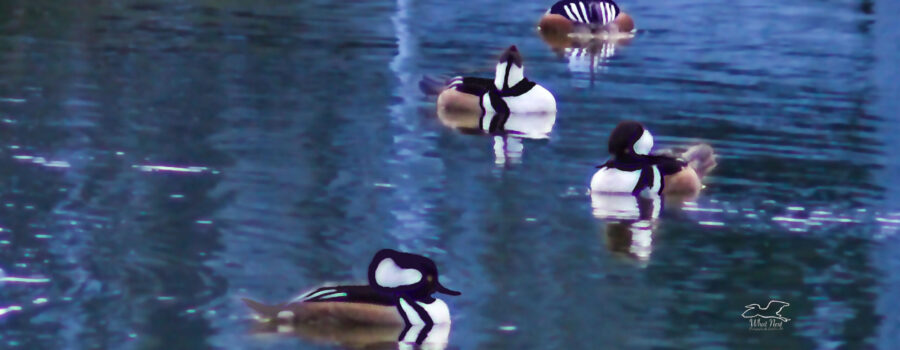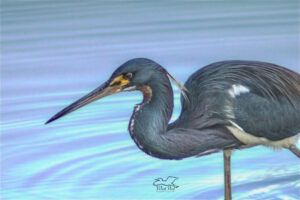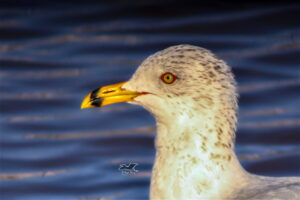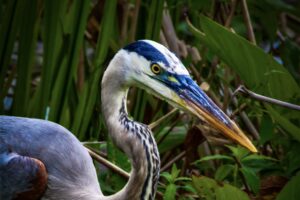Hooded Mergansers are Another Beautiful Winter Migrant

Just before Christmas, I had to make an unexpected run to the local grocery store for a few things. Just before getting into town, there is a farm that has a small pond near the road. As I drove by, I noticed that there were quite a few ducks floating around on the water. From the road at 55 miles per hour, I couldn’t tell what they were, but I definitely wanted to know. So after I had gotten my supplies, I stopped by the pond and got out the old telephoto lens (this is why I generally take my camera with me even on the simplest of errands).

With the telephoto lens, it was easy to see that these ducks were hooded mergansers (Lophodytes cucullatus), the second smallest of the mergansers and the only one that is native only to North America. These guys are fairly common in the United States and are frequent winter visitors to Florida and other southern states. In winter, they are usually found on small ponds or slow running creeks. They prefer fresh water, but can sometimes be found in brackish water, too. During the breeding season they are usually found on larger bodies of water in areas that are surrounded by large trees. The mainstay of their diets are fish, which they capture by diving and chasing them under the water. Their eyes are specially adapted to be able to compensate for refraction in the water. They also have a clear nictitating membrane that they use to protect the eyes when diving. Unlike most other mergansers, hoodies will also eat crawfish, aquatic insects, small amphibians, snails, and even some vegetation.

When spring returns, these pretty little ducks will head further north to begin the breeding period. They produce one clutch of 3 to 15 eggs each summer. The female finds a suitable nesting place in a hollow in a tree or in a manmade nesting box. After she has chosen a nest, she will choose a mate, and they will stay together until the eggs are laid. After that the male will go on his way and the female will incubate the eggs by herself. Like other ducks, the young are precocial, and within a day, they are swimming and diving. They stay with the female for several weeks and she provides them with warmth, protection, and sometimes extra food. Once the young are completely self sufficient, which takes most of the summer, the female will head back to the wintering grounds.

Like many of our other winter visitors, I look forward to seeing these guys and girls every year. I enjoyed spending some time with them that afternoon. At first, they were kind of wary of my truck parked on the side of the road, but it didn’t take long for them to relax and go back to their normal behavior. I was just considering trying to get a little closer when they suddenly decided that it was time to go. As you can see from the last shot, the light was fading, so I suspect they headed off to roost. I’m hoping that I can get some time to go back out again before they go and see if I can get closer. Even if I can’t, I will enjoy watching them as they cruise around on the pond and interact with each other. If I’m lucky there may be some other ducks there, too since it’s not uncommon for them to be in mixed flocks this time of year.





Recent Comments